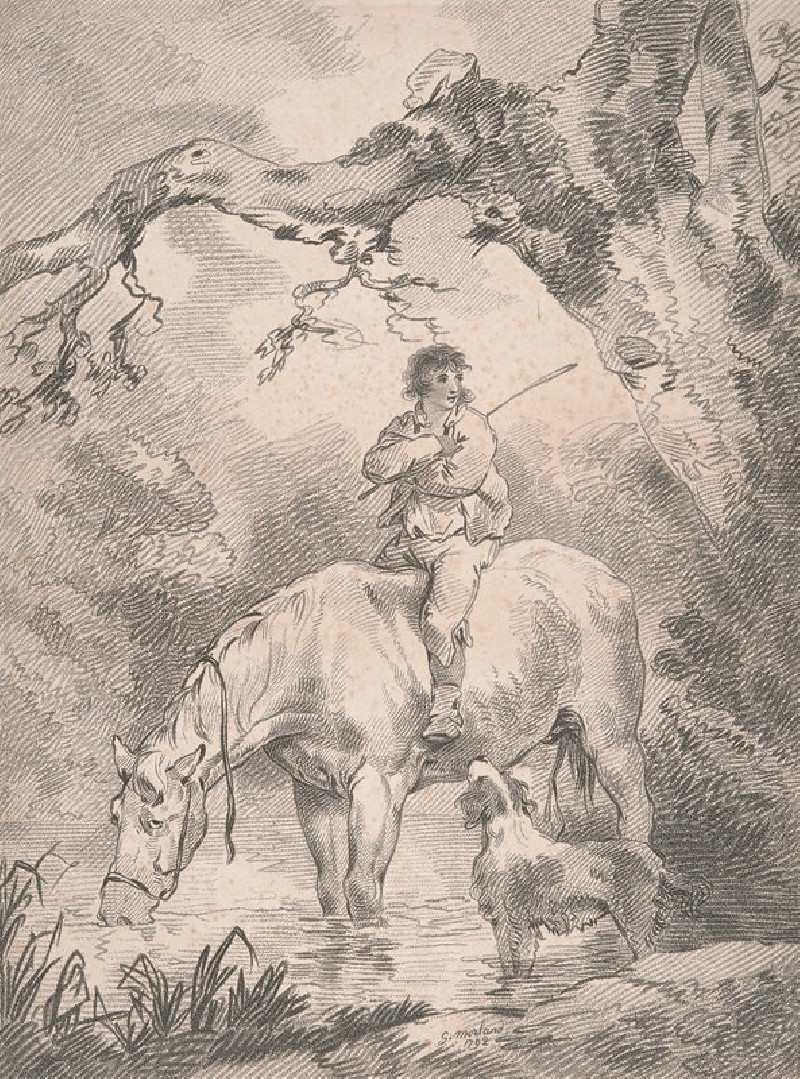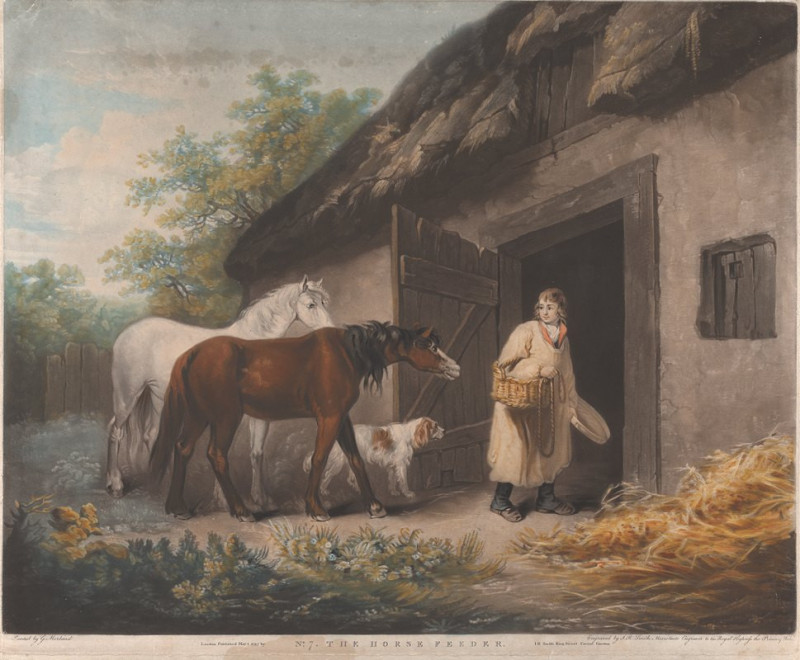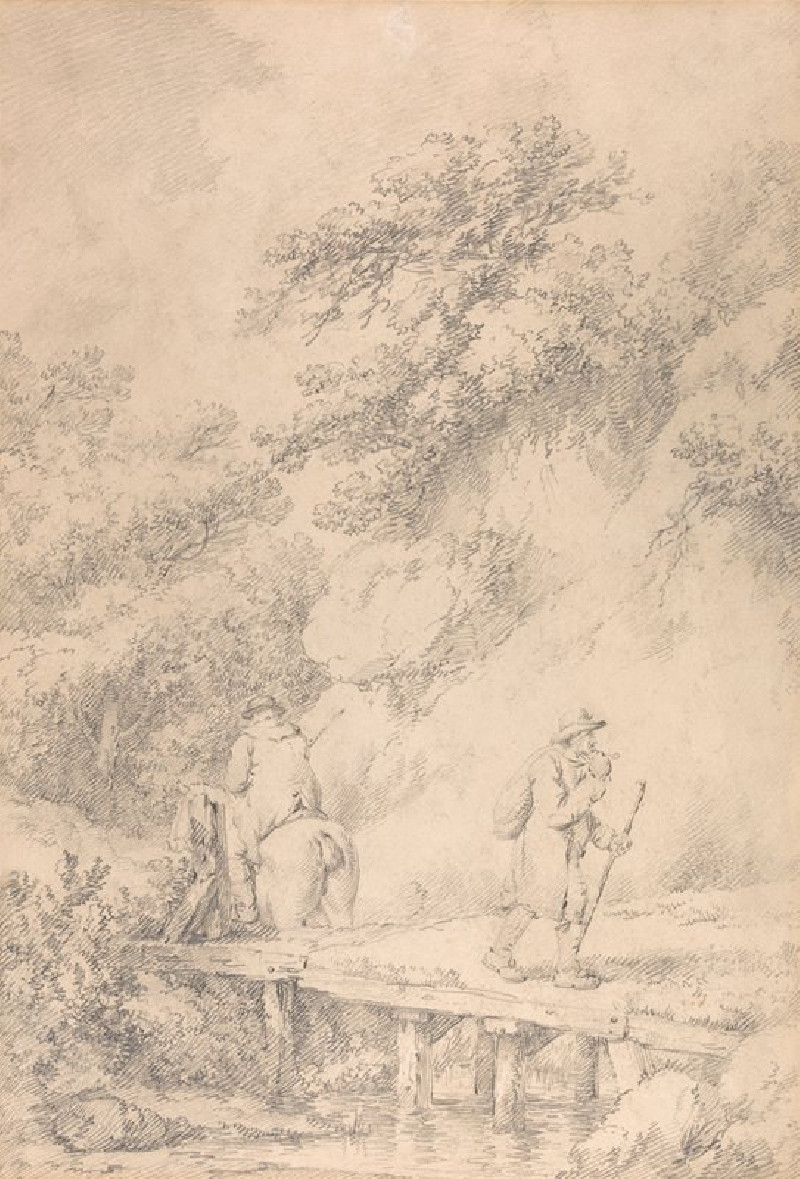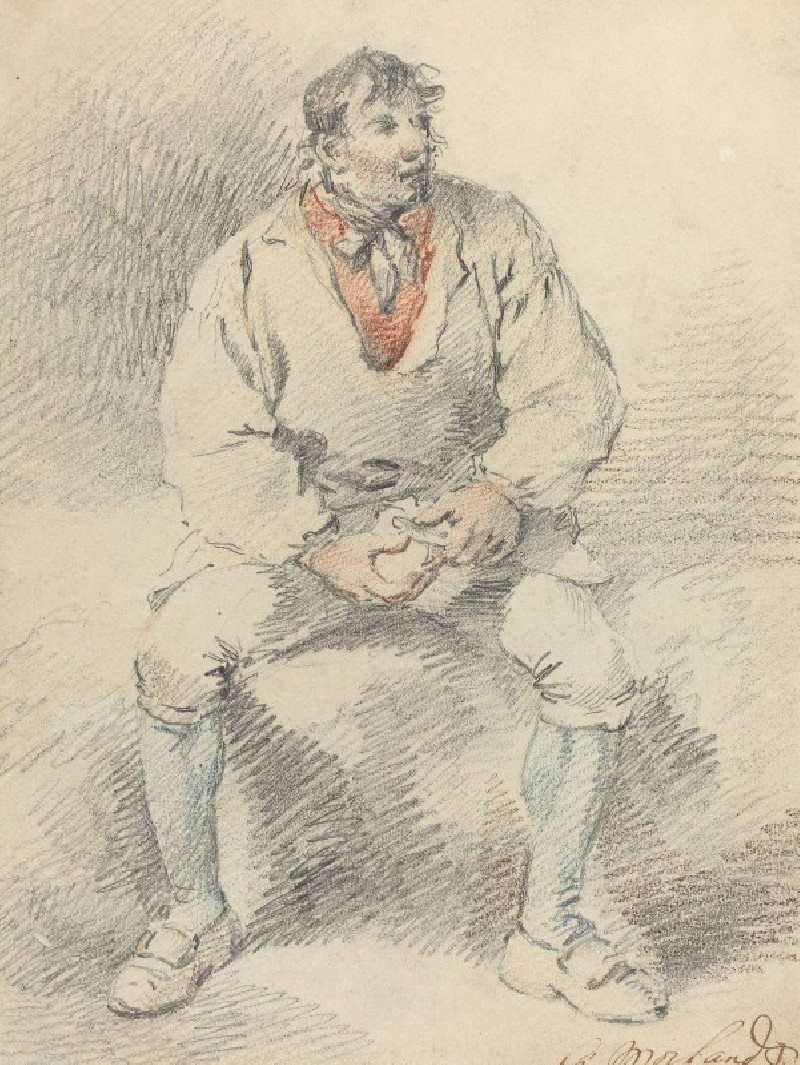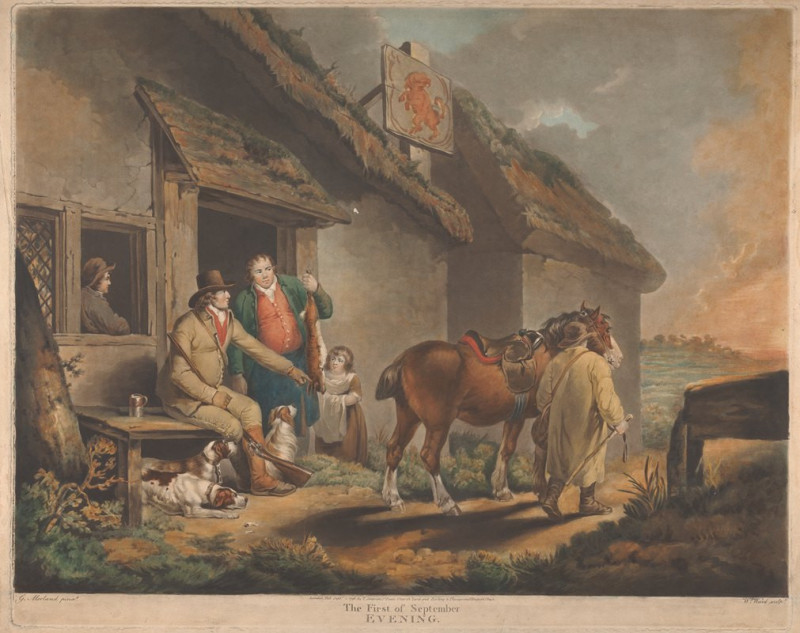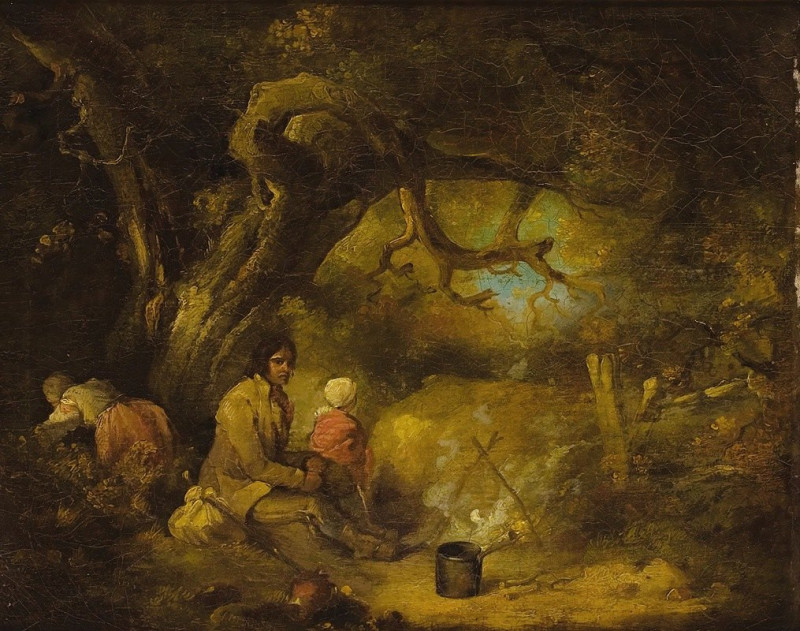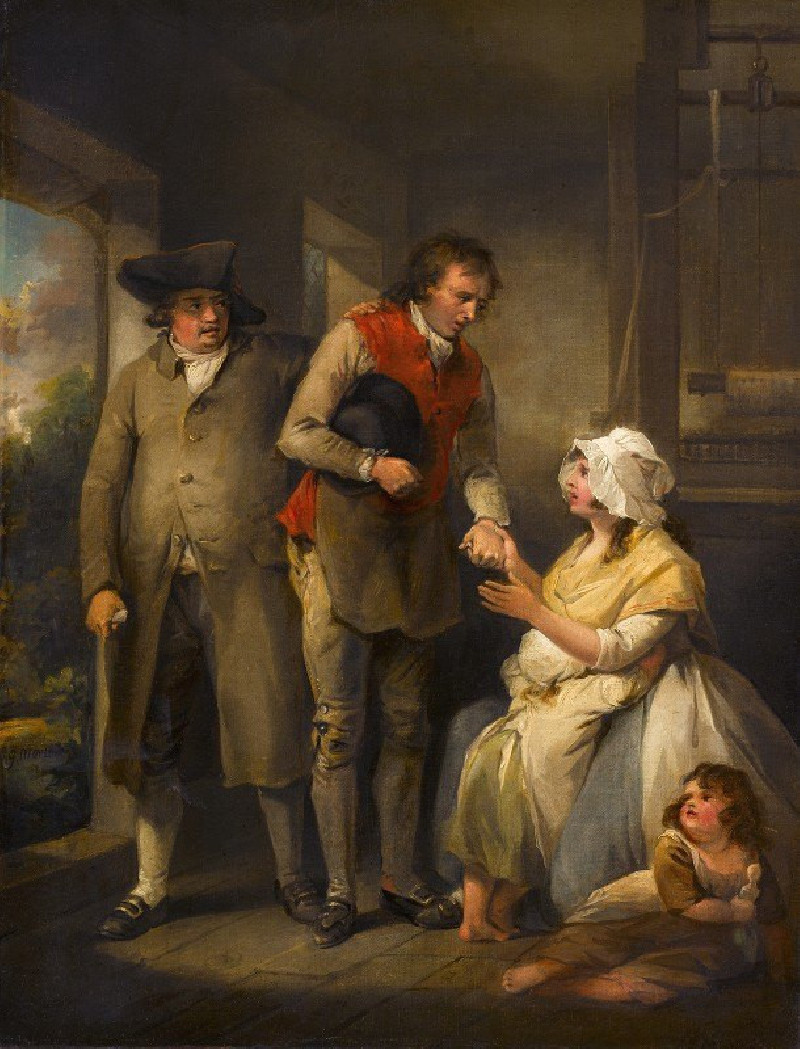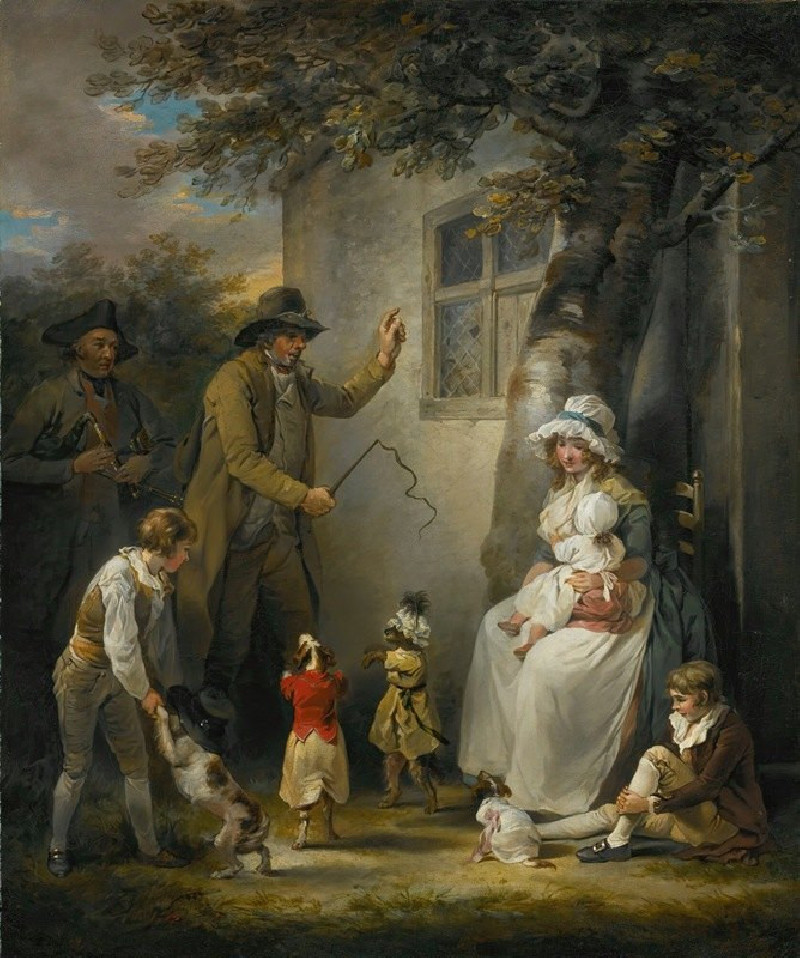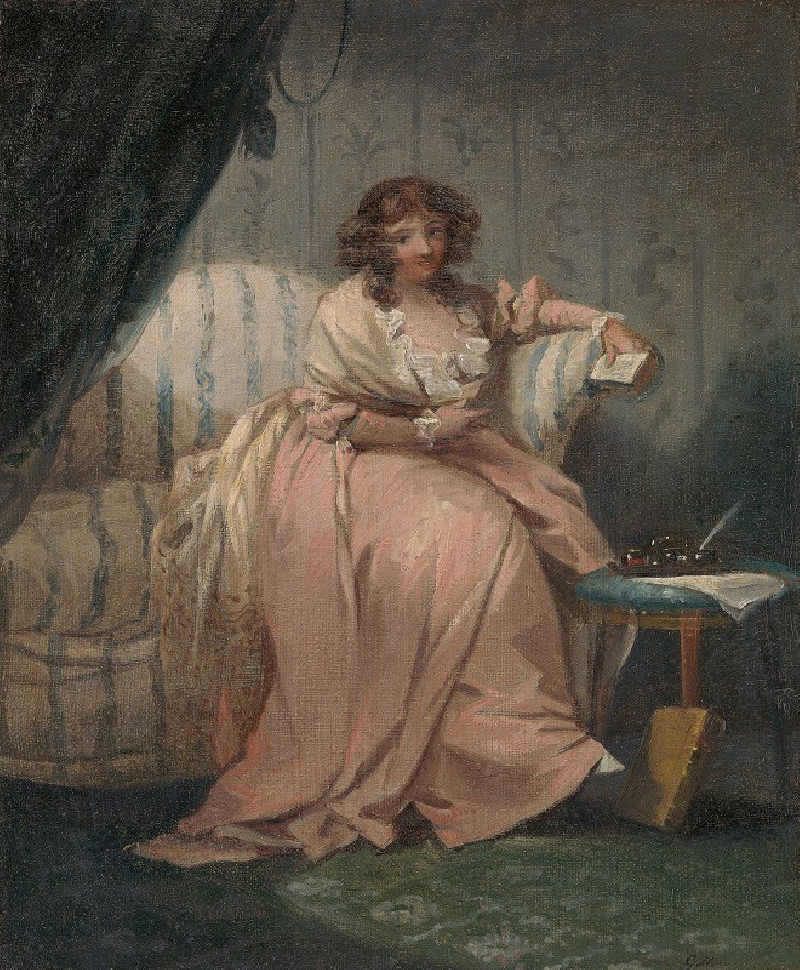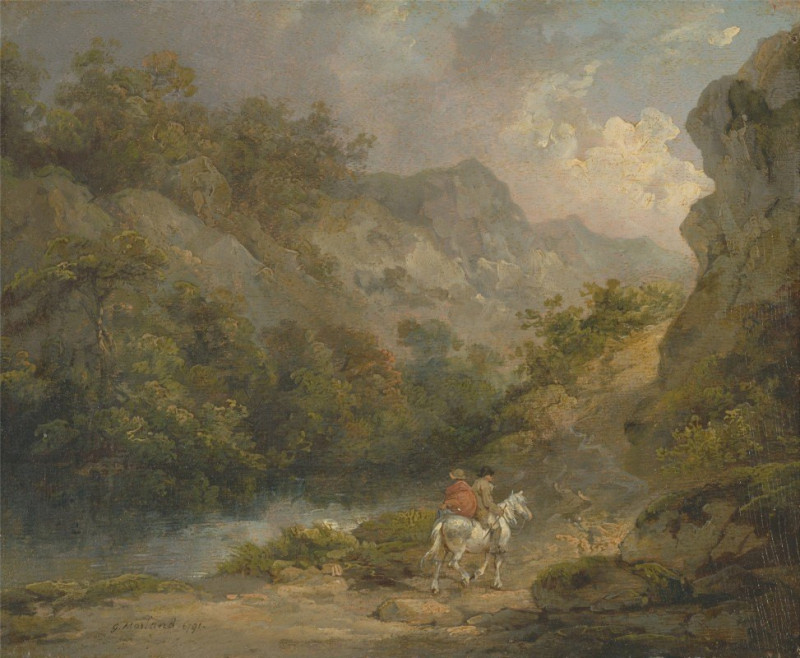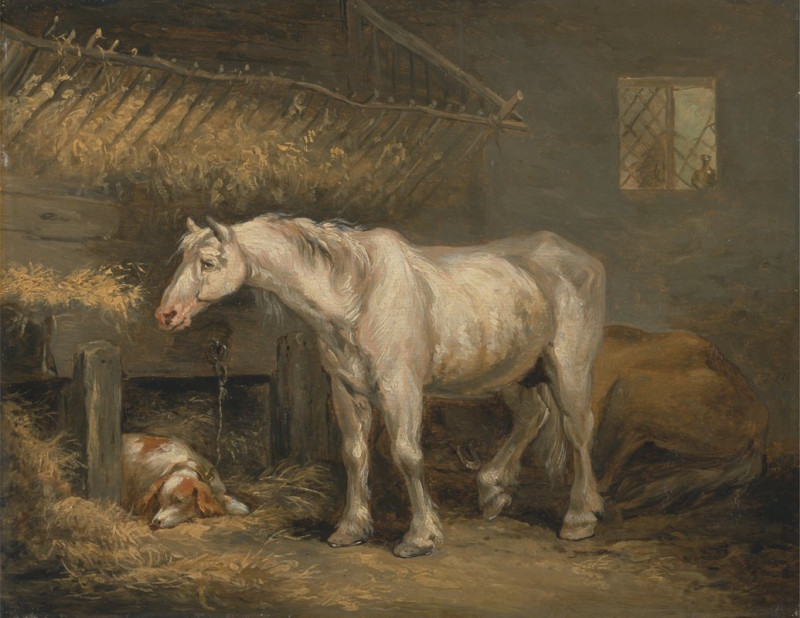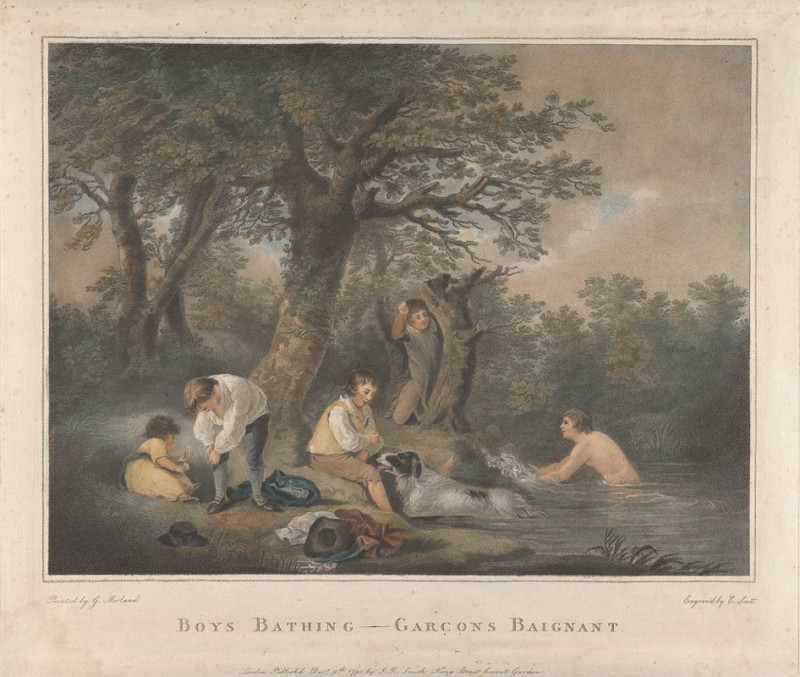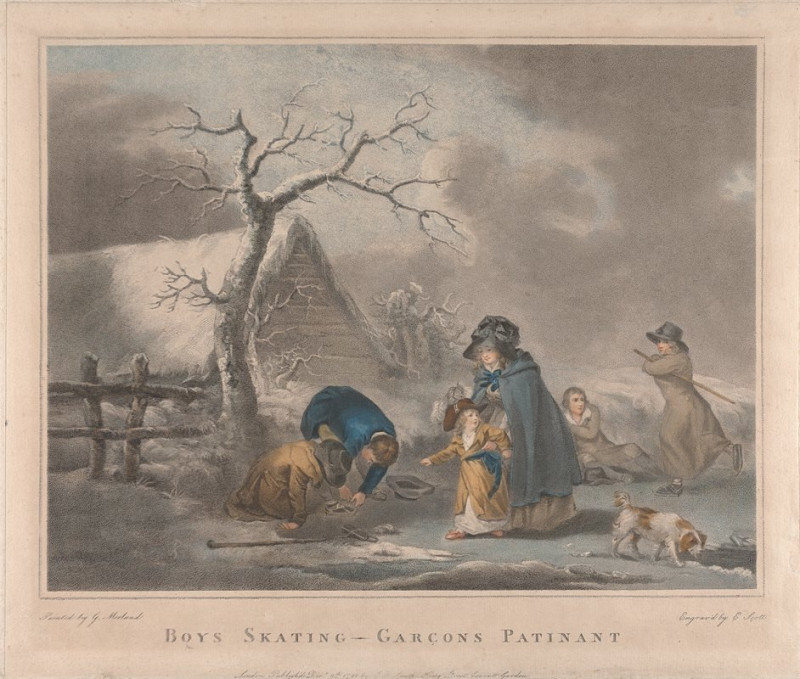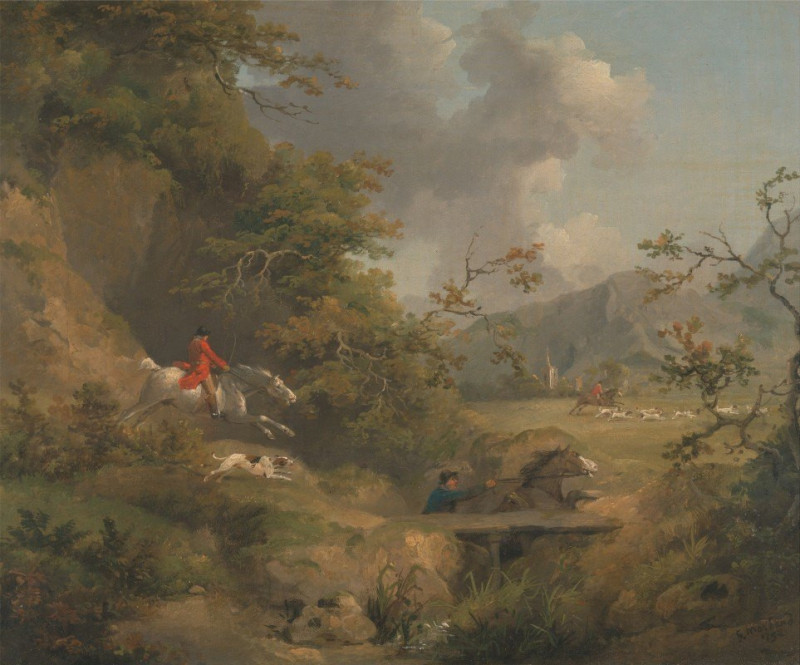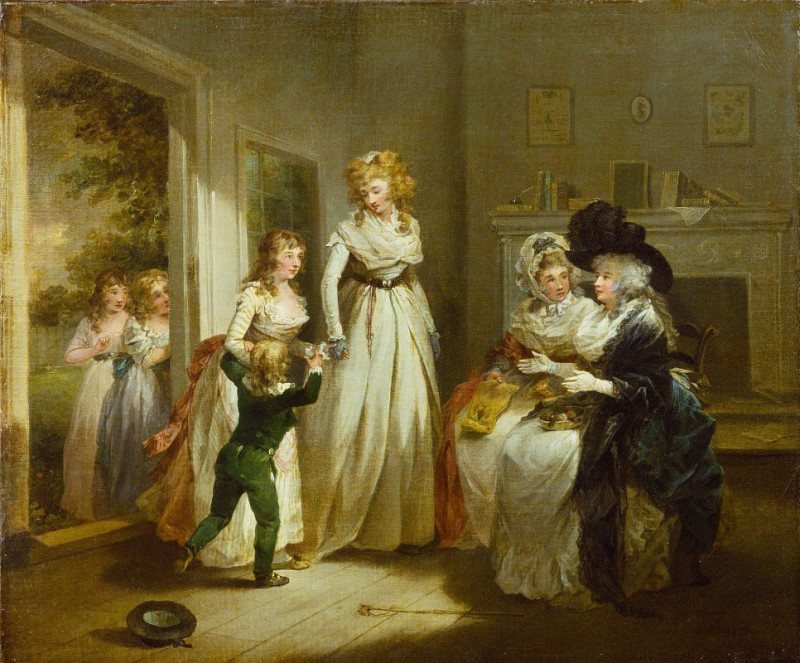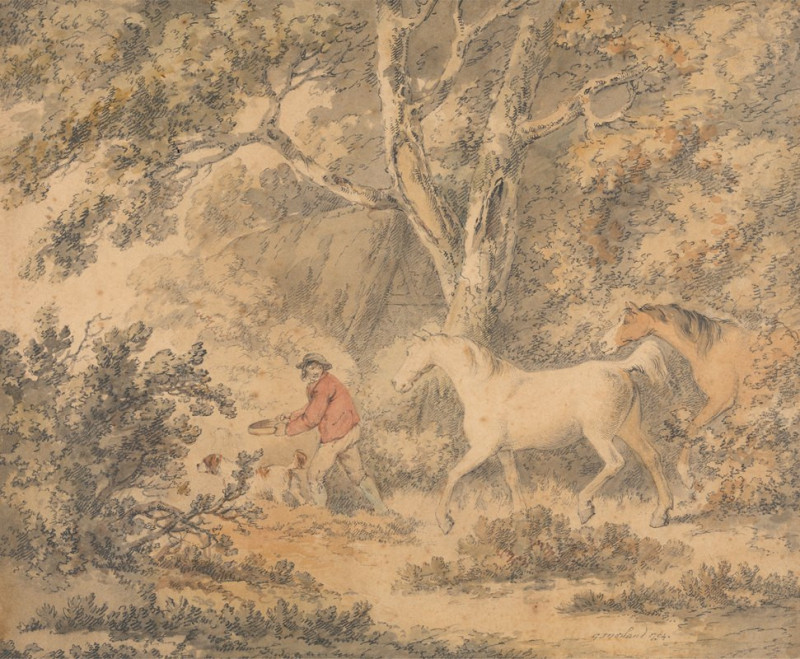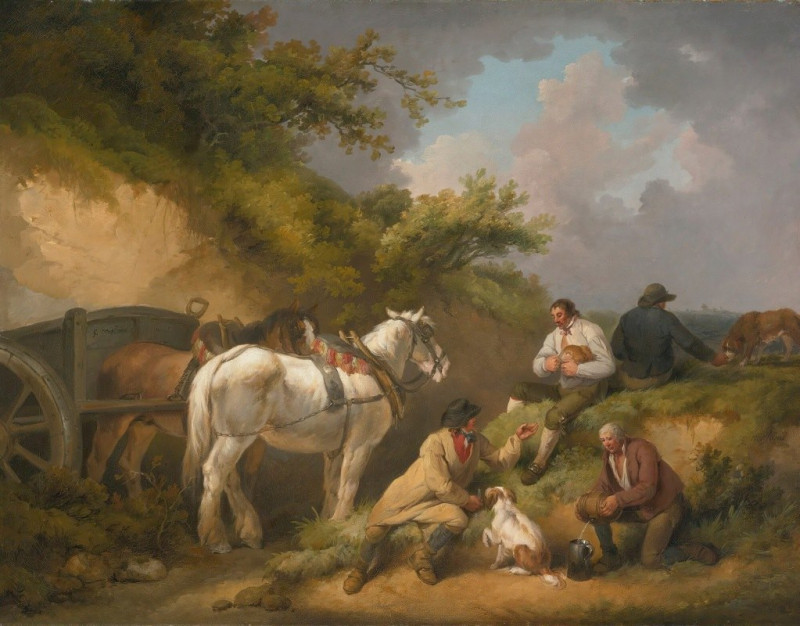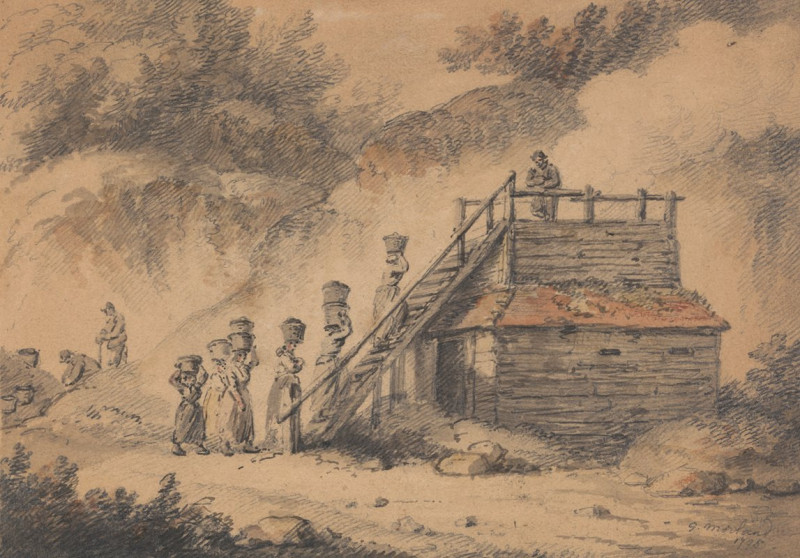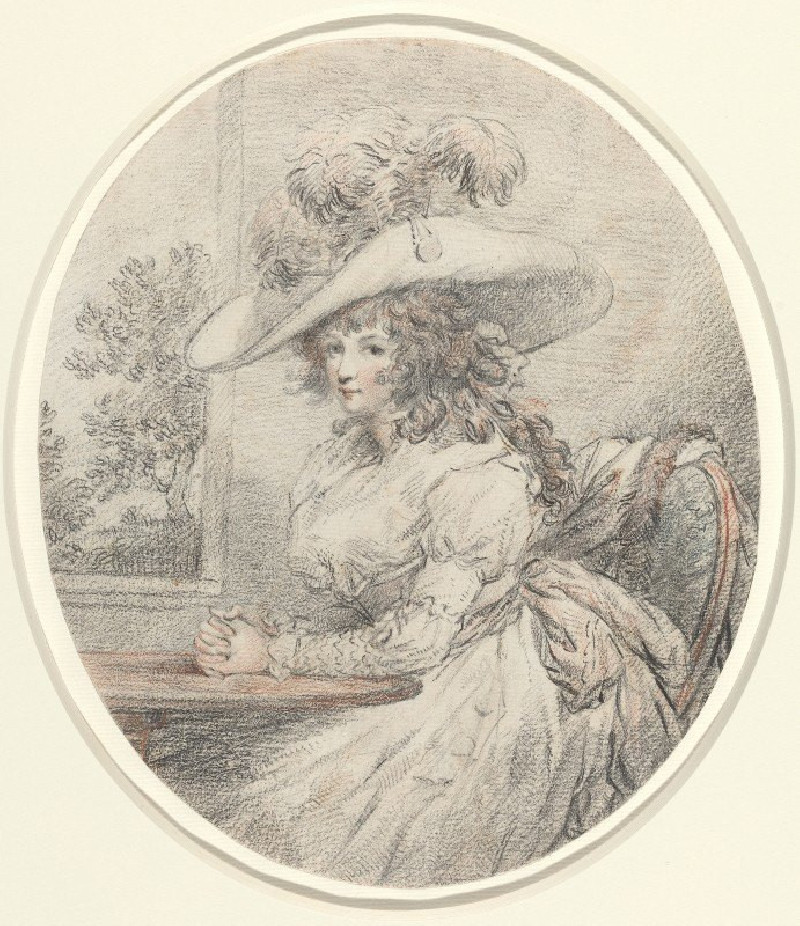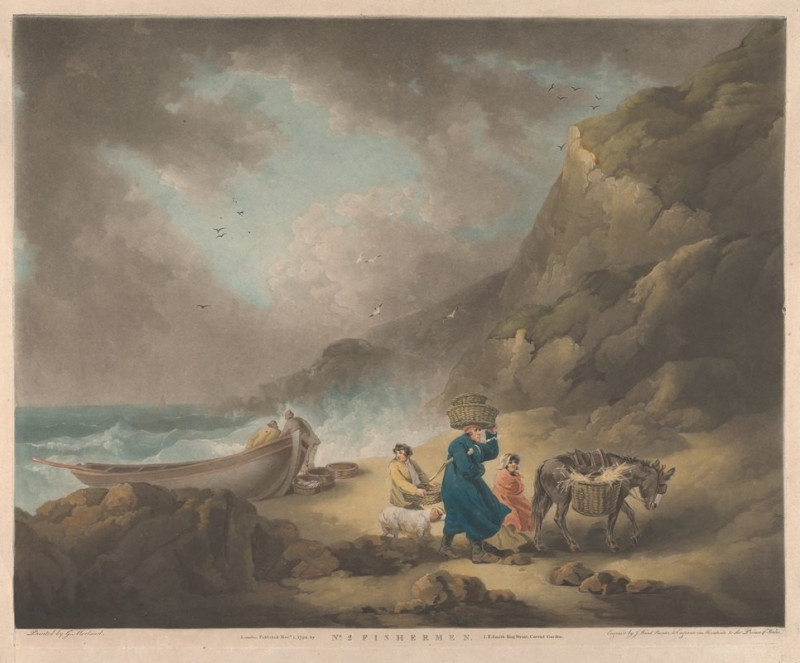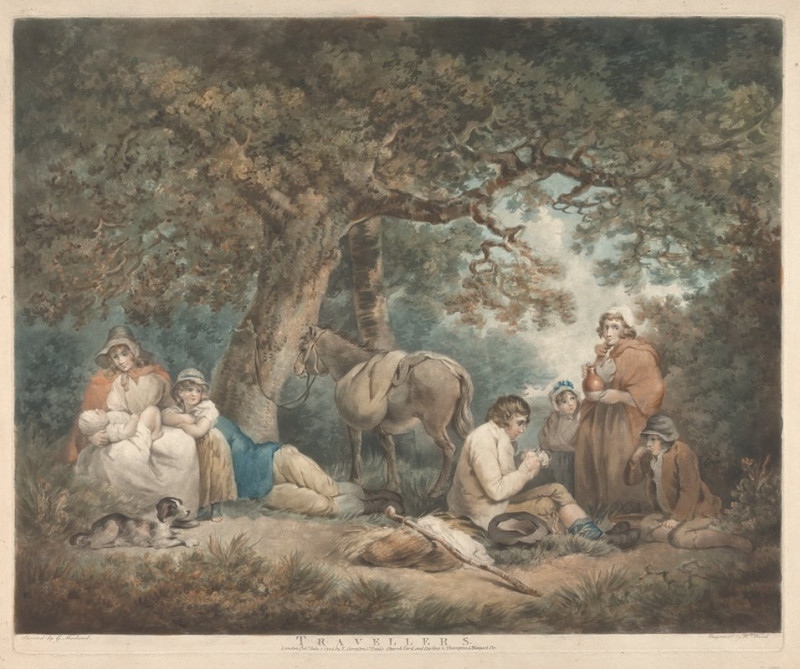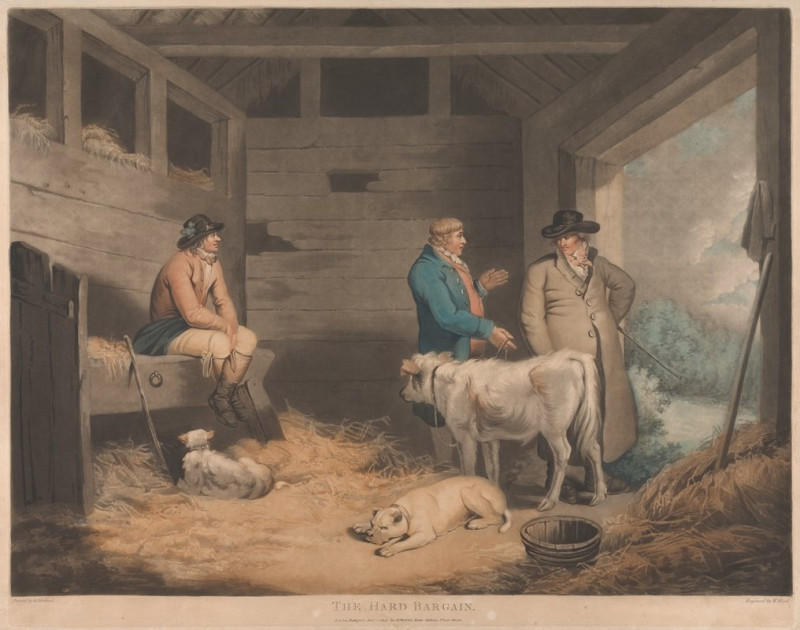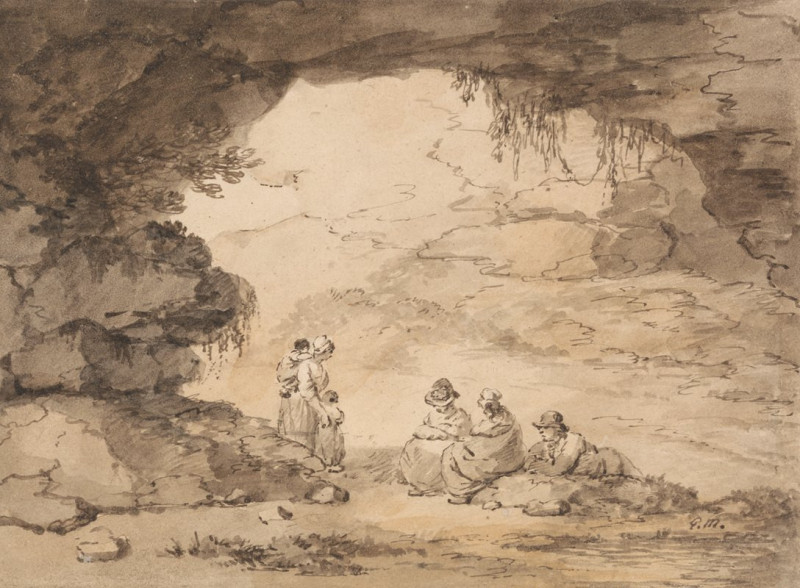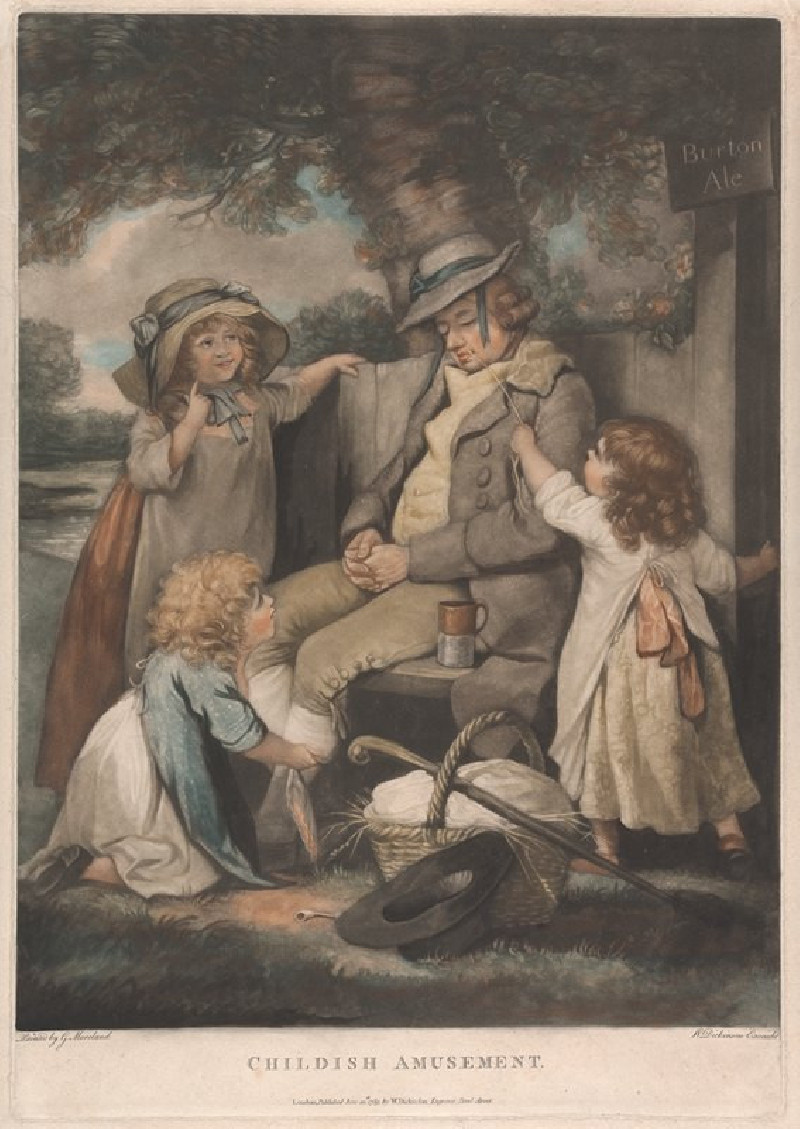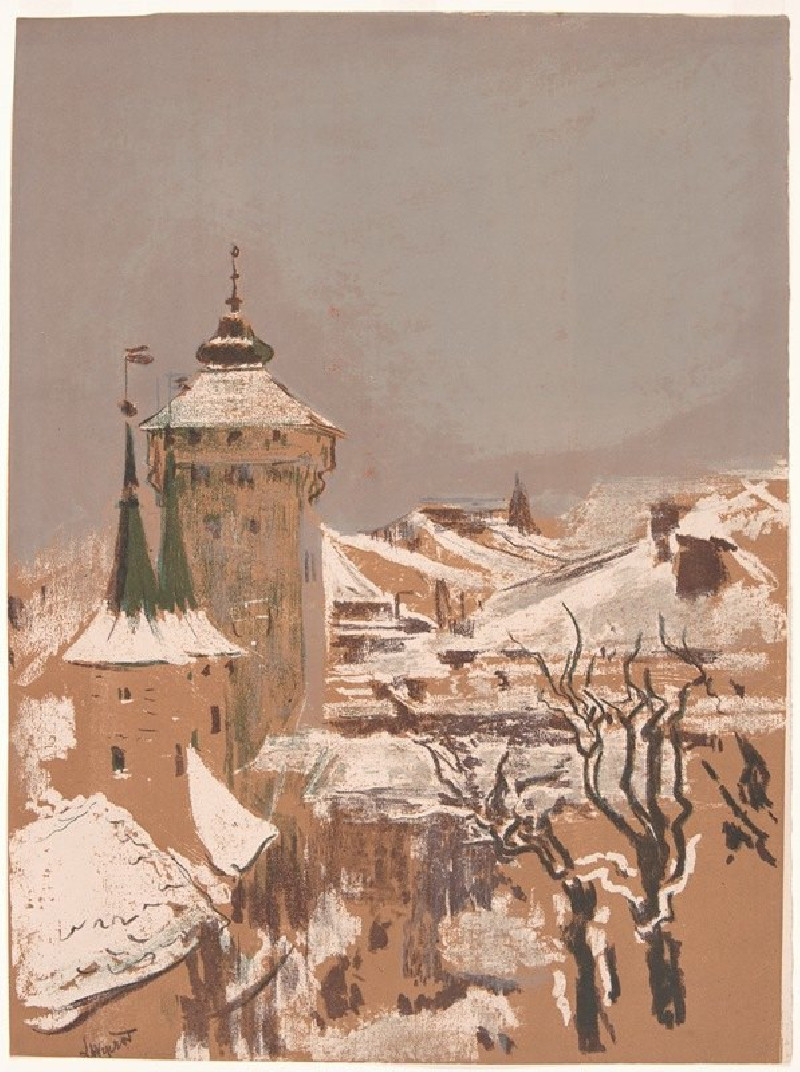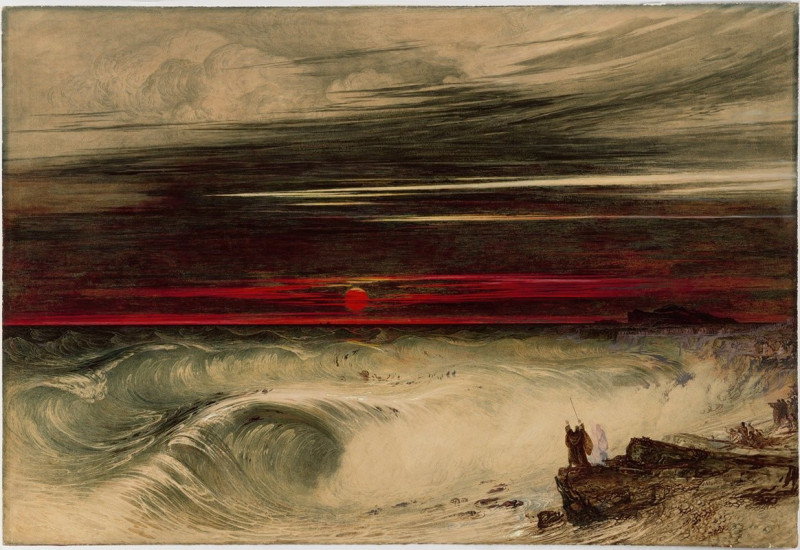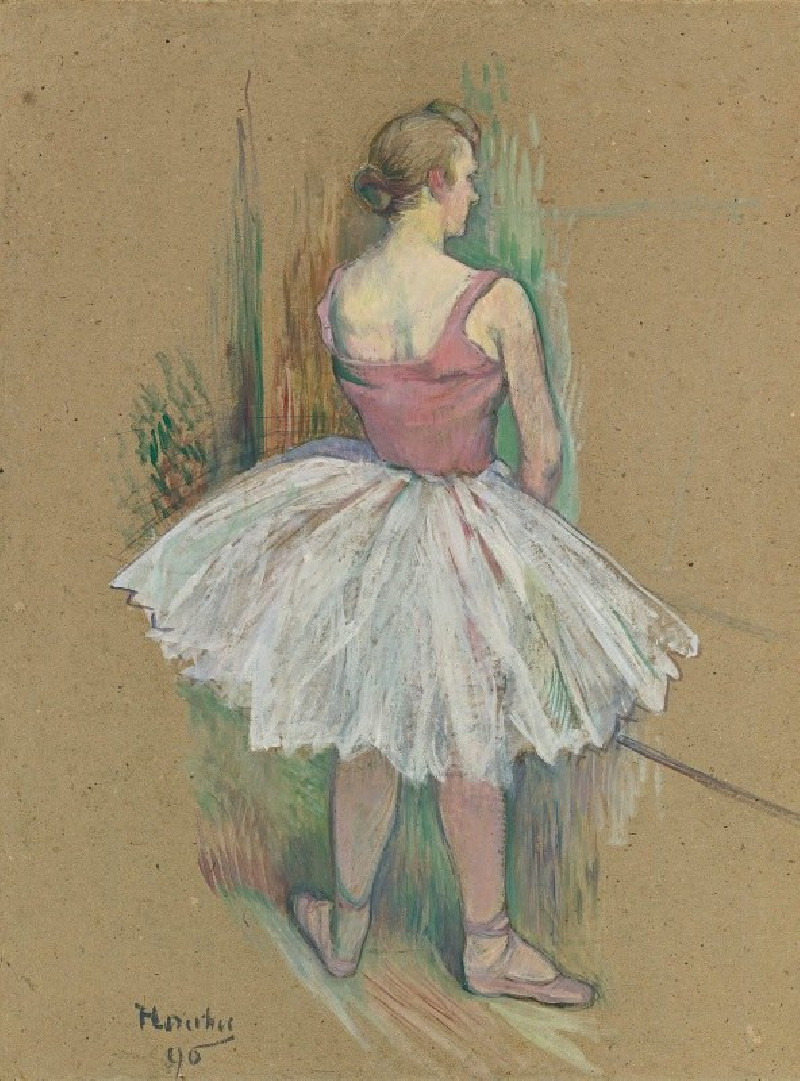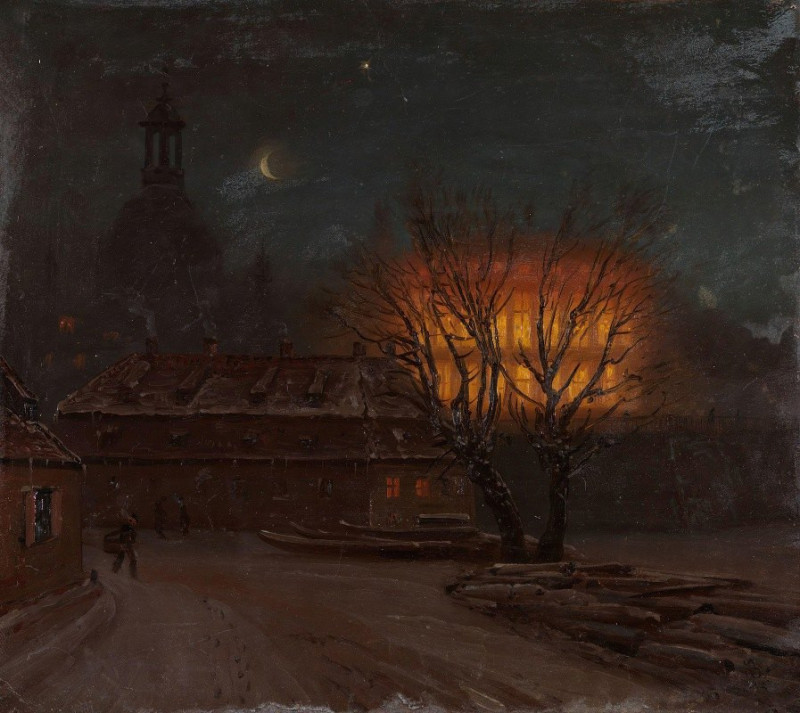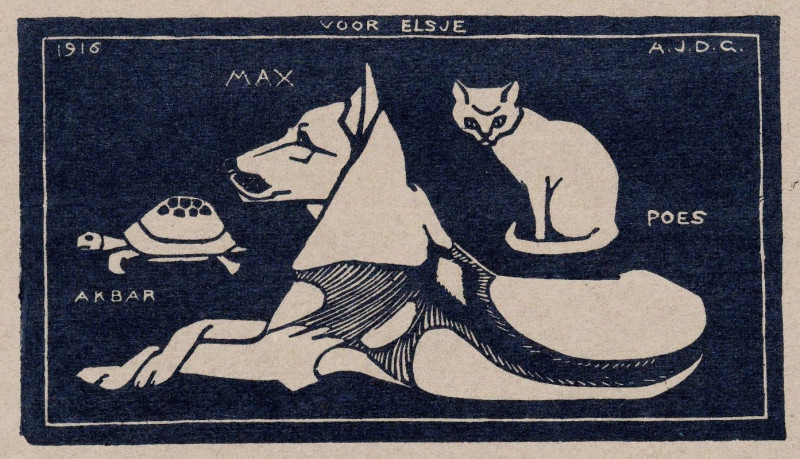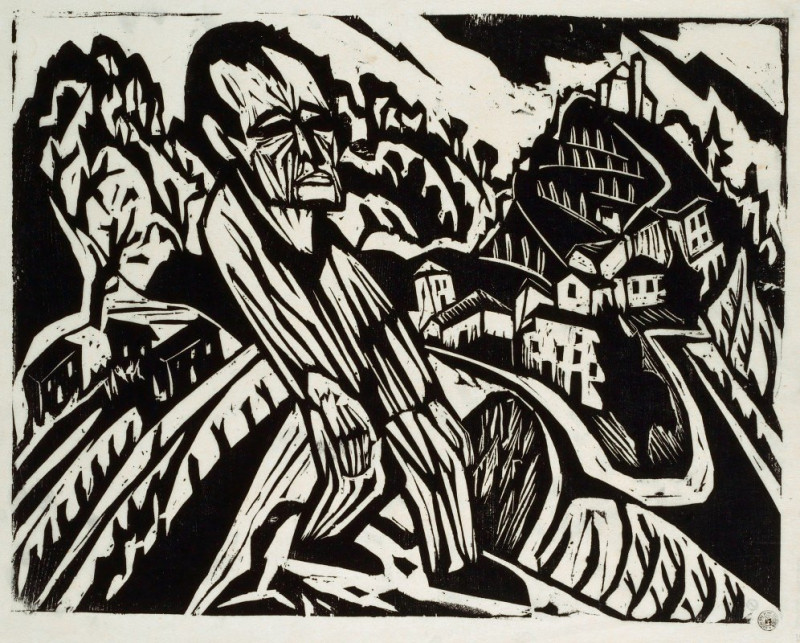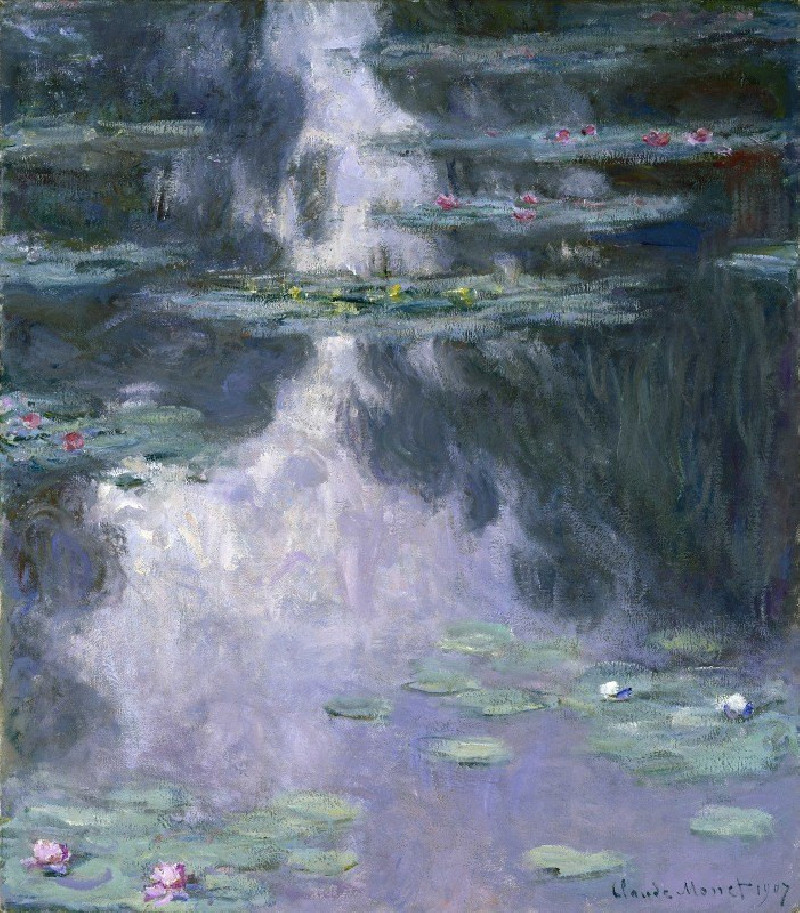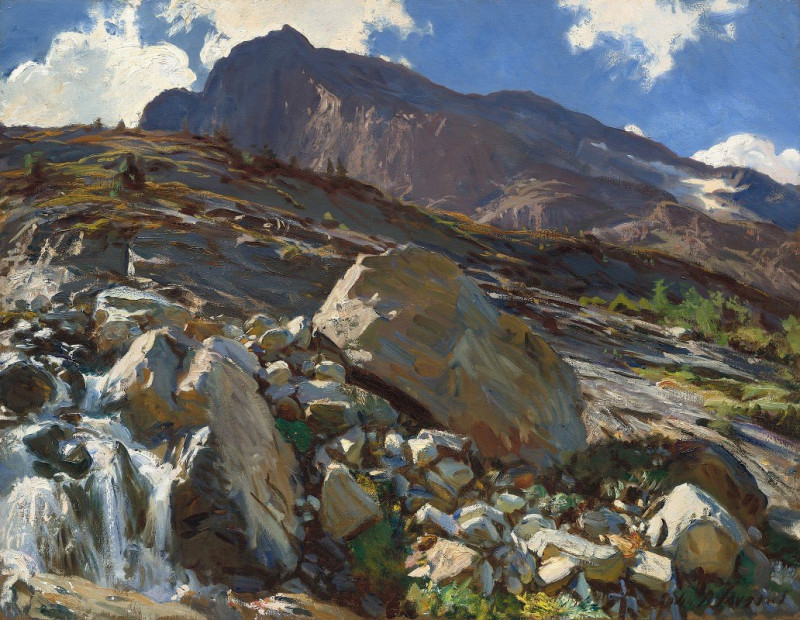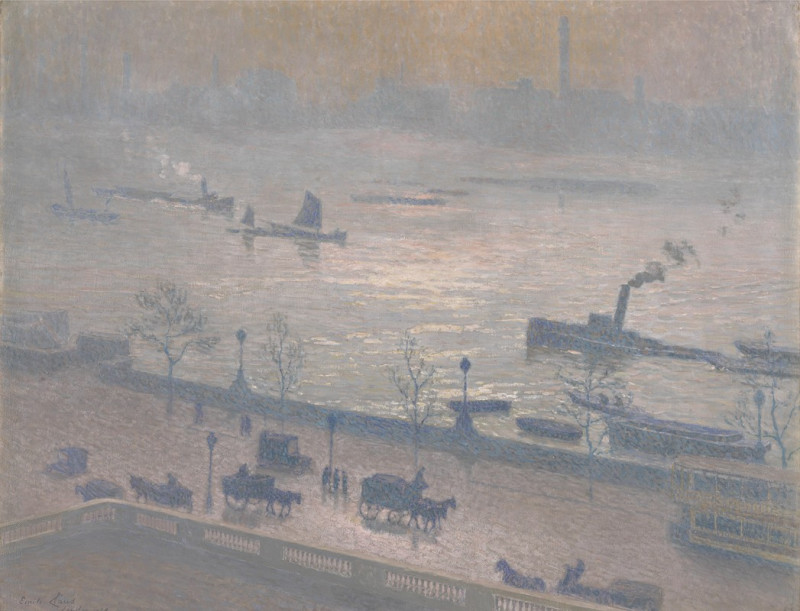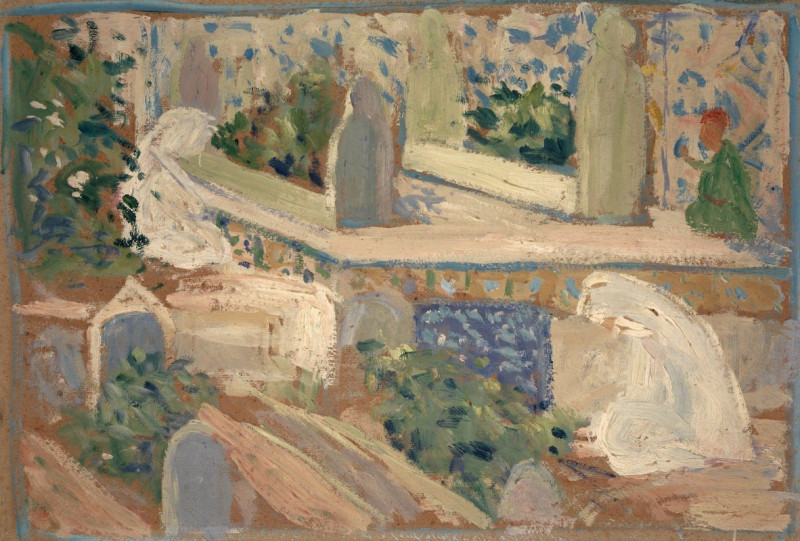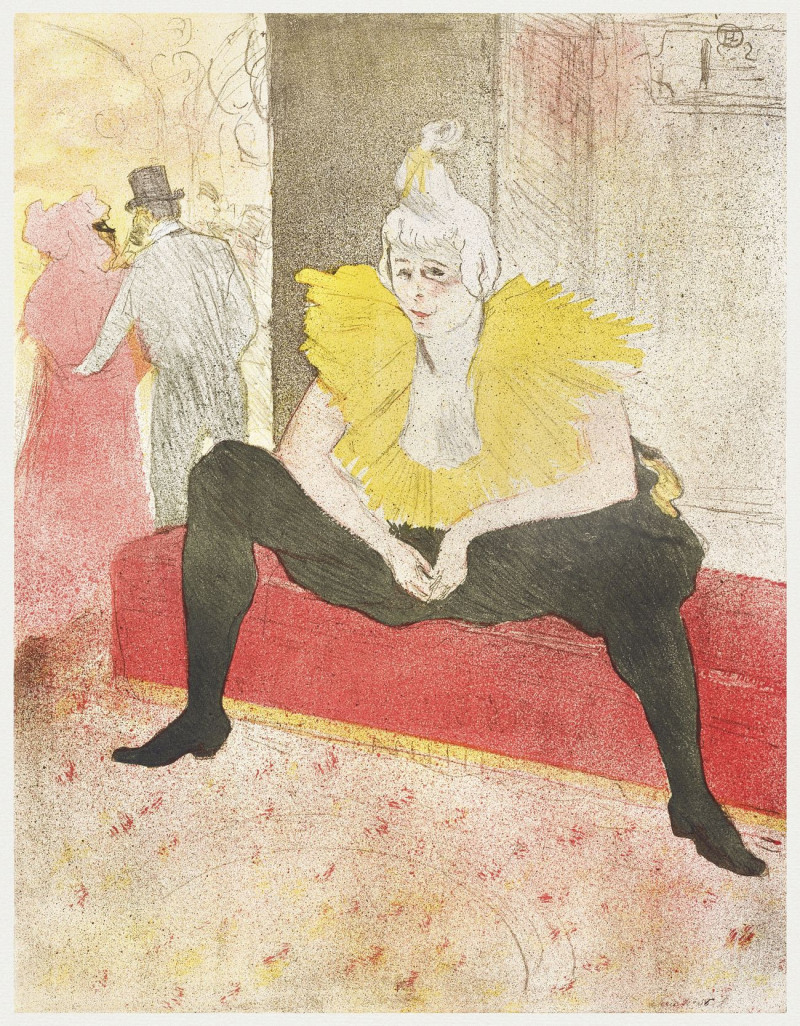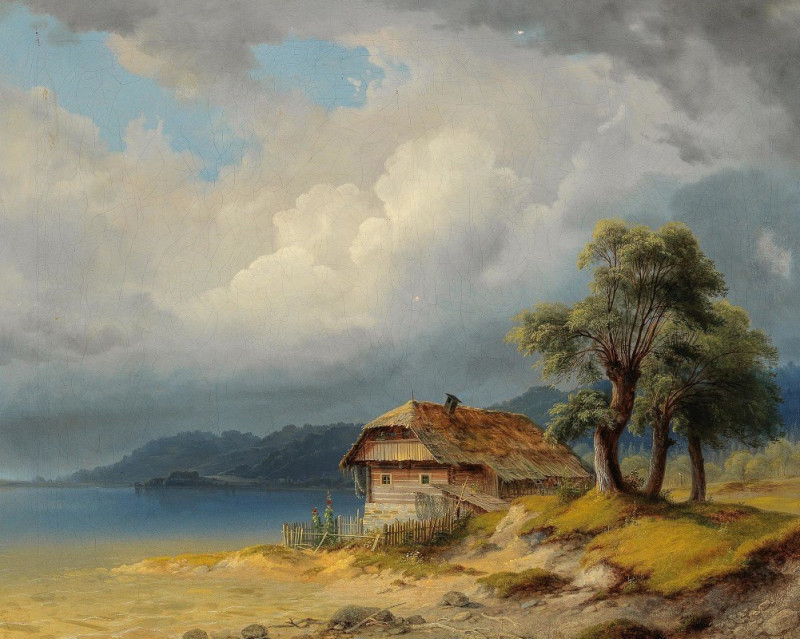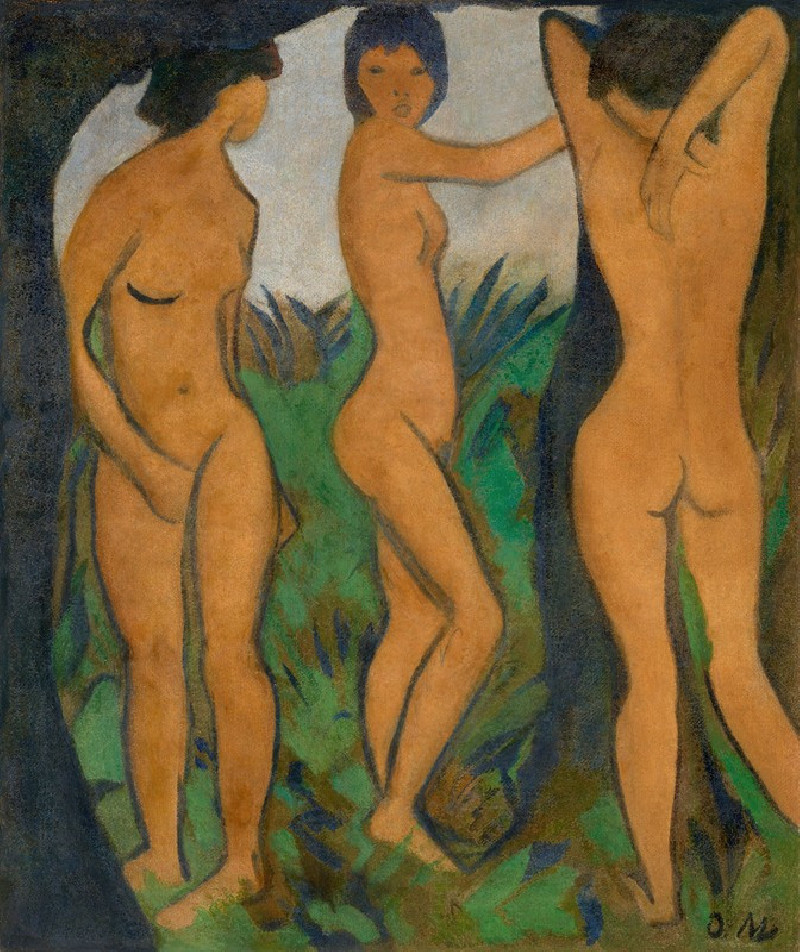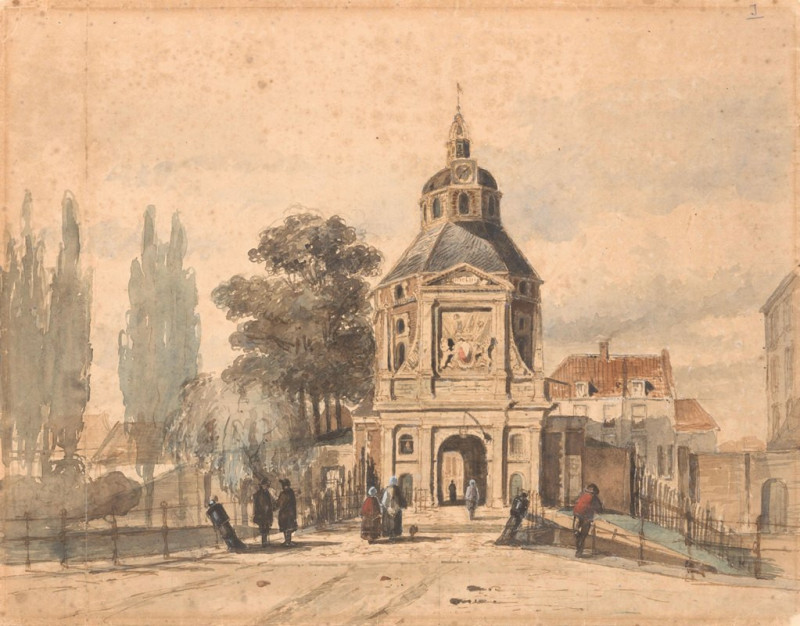Lad astride a horse in a stream
Technique: Giclée quality print
Recommended by our customers
More about this artwork
"Lad astride a horse in a stream" by George Morland is a captivating 18th-century work that brings to life the pastoral and serene essence of rural life. This etching intricately portrays a young boy perched comfortably on a robust horse that is partially submerged in a tranquil stream. Flanking the horse is a loyal dog, which adds to the scene's rustic charm. The composition is framed by an overhanging tree, its branches delicately arching towards the flowing water, thus contributing to the overall feeling of gentle wilderness.Morland's delicate handling of etching lines brings out the textures of the foliage, the horse's coat, and the water's smooth surface, demonstrating his mastery in capturing the subtleties of natural scenery and rural livelihood. This piece exemplifies Morland's ability to depict human and animal relationships intertwined with nature, an enduring theme that is celebrated in many of his works. The artwork not only immortalizes a moment of peaceful coexistence between characters and their environment but also invokes a sense of nostalgia for a simpler, bygone era.
Delivery
Returns
George Morland (26 June 1763 – 29 October 1804) was an English painter. His early work was influenced by Francis Wheatley, but after the 1790s he came into his own style. His best compositions focus on rustic scenes: farms and hunting; smugglers and gypsies; and rich, textured landscapes informed by Dutch Golden Age painting.

